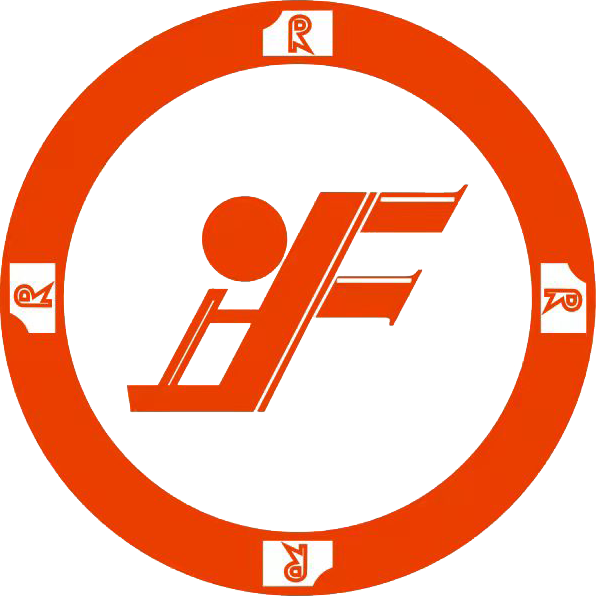The Rich History of Copper in Korean Craftsmanship
Copper has a long-standing significance in Korean culture, dating back thousands of years. Historically, it has been used in various forms, from utensils to architectural details. The durability and malleability of copper made it a preferred material for artisans. Unique design elements, such as copper bowls and intricate utensils, showcase craftsmanship that continues to inspire modern designs.
Why Choose Copper Blocks for Modern Design?
In contemporary design, copper blocks have become increasingly popular. They offer a unique blend of aesthetic appeal and operational practicality. With a vast spectrum of applications, the benefits of utilizing copper blocks include:
Durability: Copper is resistant to corrosion and has a long lifespan.
Thermal Conductivity: It quickly absorbs and distributes heat, ideal for cookware and heating elements.
Natural Antimicrobial Properties: Copper surfaces inhibit the growth of bacteria, making them suitable for various health applications.
Aesthetic Appeal: The distinct color and finish of copper enhance the visual appeal of products.
Applications of Copper Blocks in Modern Design
The versatility of copper blocks allows them to be utilized in numerous domains:
1. Kitchenware and Cookware
Copper pots and pans are renowned for their excellent heat conduction. In Korea, they are often used for traditional dishes that require precise temperature control, such as stews and boiling.
2. Interior Design Elements
Decorative features made from copper, such as light fixtures, furniture accents, and wall art, are gaining popularity. Their warm tones complement various design styles, from traditional to modern minimalist.
3. Jewelry and Artisanal Crafts
Artisans are creatively employing copper blocks to craft jewelry and bespoke items. The aesthetic flexibility of copper allows artists to explore unique designs and textures.
4. Industrial and Commercial Applications
In industries, copper blocks are found in heat exchangers, electrical components, and piping systems. Their durability and efficiency make them an essential material in modern manufacturing.
The Process of Working with Copper Blocks
Working with copper blocks requires particular skills and knowledge. Here’s a brief overview of the primary processes:
1. Cutting and Shaping
Professional tools and techniques are essential when cutting and shaping copper. Many artisans use plasma cutters or laser cutting for intricate designs.
2. Joining Techniques
Joining copper pieces often involves soldering or welding. Understanding these techniques is vital for maintaining the structural integrity of the final product.
3. Finishing and Patinas
The finishing touch plays a crucial role in copper craftsmanship. Techniques such as polishing, patina application, and sealing can enhance the aesthetic appeal while providing additional protection against tarnishing.
The Future of Copper Craftsmanship in Korea
As trends shift towards sustainable craftsmanship, copper's recyclability and longevity position it as a favored material for the future. The fusion of traditional techniques with modern innovations is likely to reinvigorate interest in copper artistry.
Conclusion
Copper blocks have proven to be a versatile and valuable material in contemporary Korean craftsmanship and design. From their historical significance to their diverse modern applications, copper's durability, beauty, and functionality make it an exemplary choice for artisans and designers alike. By embracing both traditional methods and contemporary techniques, the future of copper craftsmanship in Korea is indeed promising.
Frequently Asked Questions (FAQ)
1. What are the benefits of using copper for cookware?
Copper cookware offers excellent heat conductivity, allowing for precise temperature control, making it ideal for cooking delicate dishes.
2. How do I maintain copper items?
Regular polishing with approved cleaners and avoiding acidic substances can help maintain the shine and integrity of copper items.
3. Are there any health benefits to using copper?
Yes, copper has natural antimicrobial properties that inhibit bacterial growth, making it a safer option for kitchenware.
4. Can I recycle copper products?
Copper is highly recyclable, and recycling copper products helps conserve resources and reduce environmental impact.
5. What are some popular designs incorporating copper?
Popular designs include industrial-style light fixtures, minimalist furniture accents, and traditional cookware, all showcasing the unique charm of copper.
Exploring the Versatility of Copper Blocks in Modern Craftsmanship and Design in Korea
